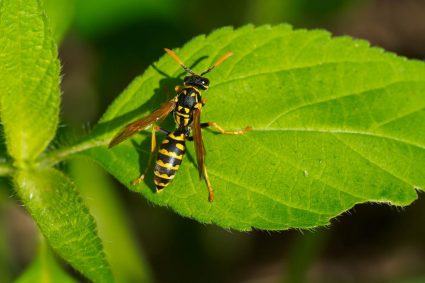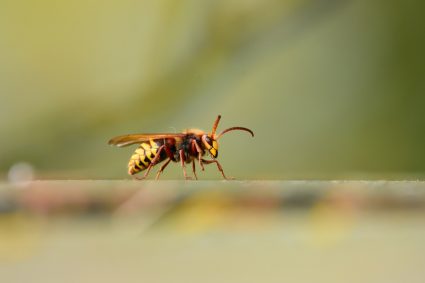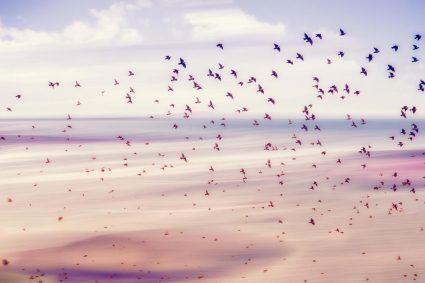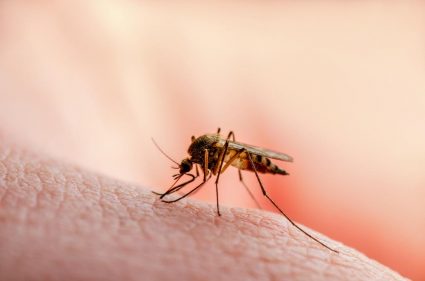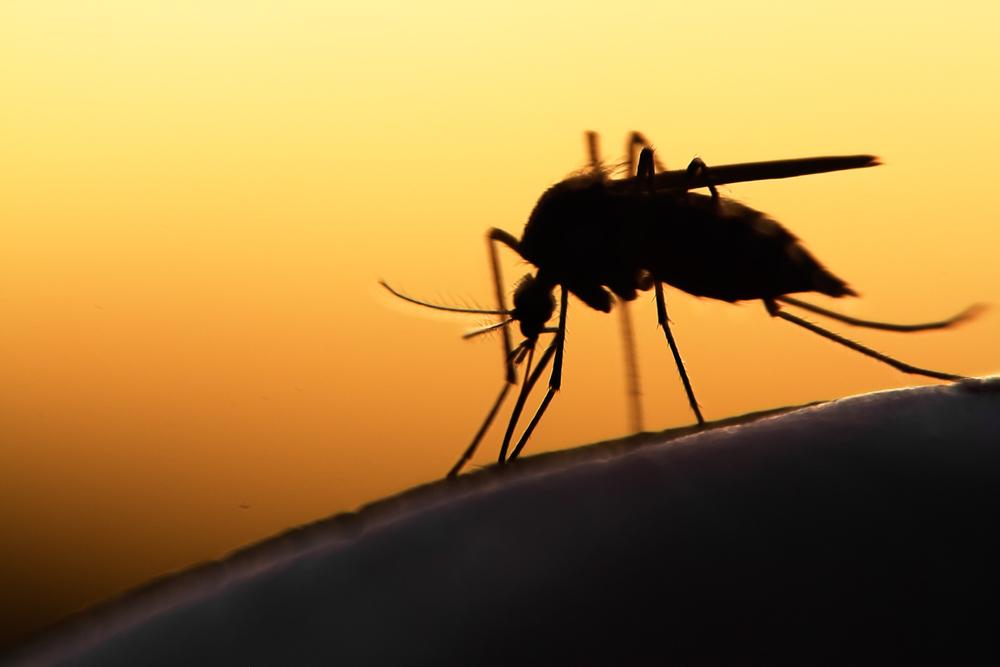
Mosquitoes are pesky insects that can cause discomfort and potentially transmit diseases. While there are many ways to repel mosquitoes, did you know that the color of your clothing can also play a role? Yes, you read it right! Certain colors can either attract or repel mosquitoes. In this comprehensive guide, we will delve into the world of colors and their effects on mosquitoes.
According to research, mosquitoes are most repelled by the colors blue, green, violet, and white. These colors reflect heat and light, which mosquitoes do not like. Lighter shades of blue are more effective than darker shades. It’s recommended to wear clothes in these colors and use them in outdoor decorations to help repel mosquitoes. However, this should be combined with other preventive measures like using mosquito repellents and eliminating standing water for effective protection.
The Science of Colors and Mosquitoes
Mosquitoes perceive colors through their compound eyes, which consist of many microscopic lenses organized on a curved array. Each tiny lens captures an individual image, and the mosquito’s brain integrates all of these images to achieve peripheral vision without head or eye movement.
Research conducted by the University of Washington has shown that mosquitoes are attracted to specific colors, including red, orange, black, and cyan, particularly when they detect carbon dioxide (CO2) in the vicinity. The mosquitoes ignore other colors, such as green, purple, blue, and white. The attraction to longer wavelength colors, such as red and orange, is believed to be related to the fact that all human skin tones emit a strong red-orange signal to their eyes.
Colors That Repel Mosquitoes
According to the same research, mosquitoes are most repelled by the colors blue, green, violet, and white. These colors are less attractive to mosquitoes compared to red, orange, black, and cyan, which they are more drawn to.
Why is this so? These colors reflect heat and light, which mosquitoes do not like. Lighter shades of blue are more effective than darker shades, as lighter blues reflect more heat and light.
Practical Application: How to Use Colors to Repel Mosquitoes
- Choose Your Clothing Wisely: Opt for clothes in white, green, blue, and purple, as these colors reflect heat and light, making them less appealing to mosquitoes. Avoid dark colors like black, dark blue, red, and orange, as they tend to attract mosquitoes.
- Decorate Smartly: Use mosquito-repelling colors for your outdoor furniture, cushions, and decorations to reduce the chances of attracting mosquitoes. Consider lighter hues of green, blue, and white instead of red, orange, and black.
- Use Mosquito-Repellent Products: Apply mosquito repellents containing DEET, picaridin, or oil of lemon eucalyptus on exposed skin and clothing to reduce the chances of mosquito bites.
- Wear Protective Clothing: Opt for loose-fitting, long-sleeved shirts, and long pants to minimize exposed skin. Tuck your pants into your socks to avoid gaps of exposed skin.
Remember that while wearing mosquito-repelling colors can help reduce the chances of mosquito bites, it’s essential to combine this strategy with other preventive measures, such as using mosquito repellents and eliminating standing water.
Other Factors That Attract or Repel Mosquitoes
Apart from color, there are several other factors that can repel or attract mosquitoes. These include carbon dioxide, skin odors, body heat, sweat, pregnancy, and skin microbiota. To reduce the risk of mosquito bites, it is recommended to wear shirts and long pants, especially fabrics treated with insect repellent, and apply insect repellents containing ingredients like DEET or oil of lemon eucalyptus (OLE).
Wrapping Up
While the color of your clothing can influence mosquito behavior, it is not the only factor. Other factors such as body heat, CO2 emissions, and sweat can also attract mosquitoes. It is important to note that wearing mosquito-repelling colors alone might not be sufficient to avoid mosquito bites, as mosquitoes are also attracted to other factors. Therefore, it is still recommended to use other mosquito repellent methods for better protection.
With the right information and preventive measures, you can enjoy your time outdoors without worrying about mosquito bites. Stay safe, and remember to choose your colors wisely!
Frequently Asked Questions
What materials are mosquito nets usually made of?
Mosquito nets are typically made of cotton, polyethylene, polyester, polypropylene, or nylon. However, the most common material is polyester due to its durability and lightweight.
Why are mosquitoes attracted to carbon dioxide?
Mosquitoes are attracted to carbon dioxide (CO2) because it is one of the main ways they locate their targets. Humans and animals exhale CO2 when they breathe, and mosquitoes can detect this gas from a considerable distance.
Are there certain times of day when mosquitoes are most active?
Yes, mosquitoes are typically most active from dusk to dawn. However, there are some species of mosquitoes that are active during the day.
Does the color of light affect mosquito attraction?
Yes, mosquitoes are generally less attracted to LED lights, especially those that emit yellow, orange, or red light. Conversely, they are more attracted to traditional incandescent bulbs and fluorescent lights.
Can mosquitoes bite through clothing?
Yes, mosquitoes can bite through thin or tight clothing. Loose, thicker fabrics provide more protection against mosquito bites.



